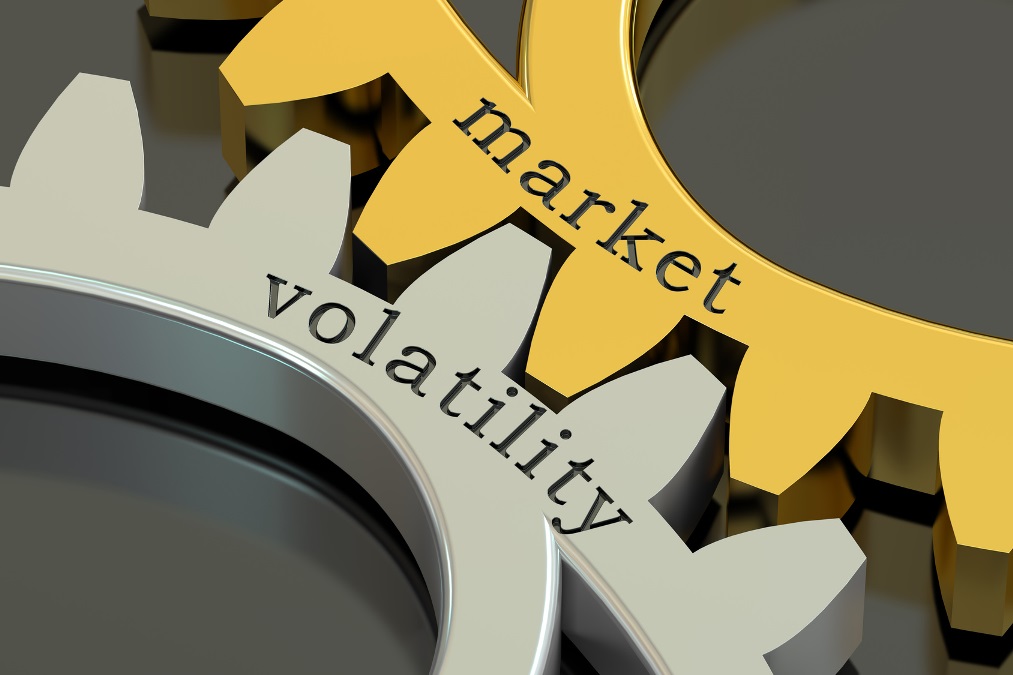 Volatility is regarded by forex traders as one of the most important informational indicators for decisions on opening or closure of currency positions. In reality actual price quotations change constantly at different pace: sometimes quickly, sometimes slowly. That is why among all other market characteristics a lot of attention should be paid to volatility as a quantitative measure of past, current and future price range of a currency pair.
Volatility is regarded by forex traders as one of the most important informational indicators for decisions on opening or closure of currency positions. In reality actual price quotations change constantly at different pace: sometimes quickly, sometimes slowly. That is why among all other market characteristics a lot of attention should be paid to volatility as a quantitative measure of past, current and future price range of a currency pair.
Volatility refers to the amount of uncertainty or risk about the size of changes in a security's value. A higher volatility means that a security's value can potentially be spread out over a larger range of values. This means that the price of the security can change dramatically over a short time period in either direction. A lower volatility means that a security's value does not fluctuate dramatically, but changes in value at a steady pace over a period of time.
Volatility does not imply direction. It just describes the level of fluctuations of an exchange rate. A currency pair that is more volatile is likely to increase or decrease in value more than one that is less volatile. Volatility is often viewed as a negative in that it represents uncertainty and risk. However, higher volatility usually makes forex trading more attractive to the market players. The possibility for profiting in volatile markets is a major consideration for day traders, and is in contrast to the long term investors’ view of buy and hold.
Liquid markets such as forex tend to move in smaller increments because their high liquidity results in lower volatility. More traders trading at the same time usually results in the price making small movements up and down. However, drastic and sudden movements are also possible in the forex market. Since currencies are affected by so many political, economical, and social events, there are many occurrences that cause prices to become volatile. Traders should be mindful of current events and keep up on financial news in order to find potential profit and to better avoid potential loss.
Analytical information on currency pairs volatility is open to public and easy accessible. In most cases it is provided either by forex brokers or through their trading platforms. For forex traders, volatility in the forex market is not simply chaotic change. Even within seemingly meaningless swings in value, trends and patterns emerge as market participants try to make sense of the price action. High volatility markets usually mean that the trends reverse much faster than normal, while low volatility markets tend to carry a trend much longer.







